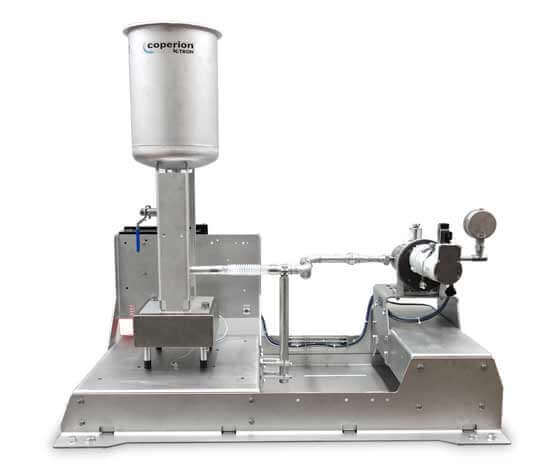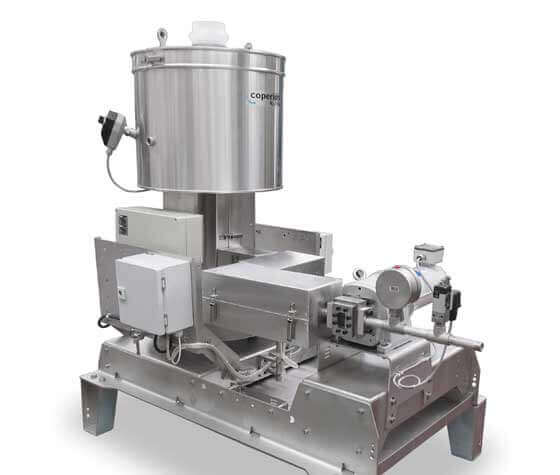What challenges can be encountered when feeding liquids and how can these be overcome?
Liquids tend to be incompressible, which means when they are fed the physical properties do not change. Variations in bulk density can be a massive issue in feeding bulk solids, but with liquids provided you have a consistent “volumetric” throughput you should get the equivalent “gravimetric” throughput.
Unfortunately, as flow rates and pressures increase the flow becomes less predictable, because of slippage back through the pump and cavitation (irregular filling of pump head), it becomes essential to provide a secondary measurement. As flow-meters suffer in the same way as described above the best way to measure and therefore control these materials is using a precise weighing system such as a loss-in-weight liquid feeder with high accuracy weighing technology.


